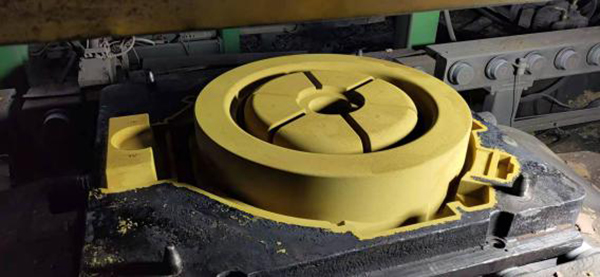How to Sand Ceramic A Step-by-Step Guide
Sanding ceramic can seem daunting, but it's an essential process for achieving a smooth finish or minor repairs on ceramic objects. Whether you are working on a handmade pottery piece, tiles, or any ceramic surface, proper sanding techniques can enhance both appearance and functionality. Here’s a comprehensive guide to help you sand ceramic effectively.
Materials Needed
1. Sandpaper (various grits coarse to fine) 2. Sanding block or sponge 3. Water (optional, for wet sanding) 4. Safety goggles and a mask 5. Soft cloth or sponge for cleaning 6. Optional vacuum cleaner or compressed air for dust removal
Step 1 Selecting Sandpaper
Choosing the right sandpaper is crucial. Start with a coarse grit (around 60-80 grit) for initial shaping or to remove rough areas. If you're just smoothing edges or surface imperfections, a medium grit (120-220 grit) is often sufficient. Finish with fine grit sandpaper (400 grit or higher) to achieve a polished look.
Step 2 Prepare the Workspace
Ensure that your work area is clean and well-ventilated. Lay down a drop cloth to catch any debris, and have your safety goggles and mask on to protect yourself from fine dust particles. If you're working on an intricately shaped piece, secure it in place to avoid movement while sanding.
Step 3 Initial Sanding
how to sand ceramic

Using the coarse grit sandpaper, start sanding the area that requires smoothing. Use even pressure and a circular or back-and-forth motion to avoid uneven surfaces. Take your time; rushing can lead to mistakes or damage to the ceramic.
Step 4 Progress to Finer Grits
Once you’ve achieved the desired shape and removed rough spots, switch to medium grit sandpaper. Continue sanding until the surface feels smooth to the touch. For best results, dampen the sandpaper or the ceramic with water for what is known as “wet sanding.” This technique helps reduce dust and can result in a finer finish.
Step 5 Final Touches
After using the medium grit, repeat the process with fine grit sandpaper. This final sanding will give your ceramic piece a polished look. Wipe down the surface regularly with a damp cloth to remove any dust buildup as you work.
Step 6 Cleaning Up
Once you’re satisfied with the sanding, thoroughly clean the ceramic piece with a soft cloth or sponge to remove any remaining dust. Allow it to dry completely if it has been wet sanded.
Conclusion
Sanding ceramic requires patience and the right materials, but with careful attention and practice, anyone can master the technique. Whether you’re repairing a cherished piece or preparing a surface for painting, following these steps will help ensure a smooth, professional finish. Remember to always take safety precautions, and enjoy the process of transforming your ceramics!
Post time:ნოე . 20, 2024 18:26
Next:3d sand printing process
